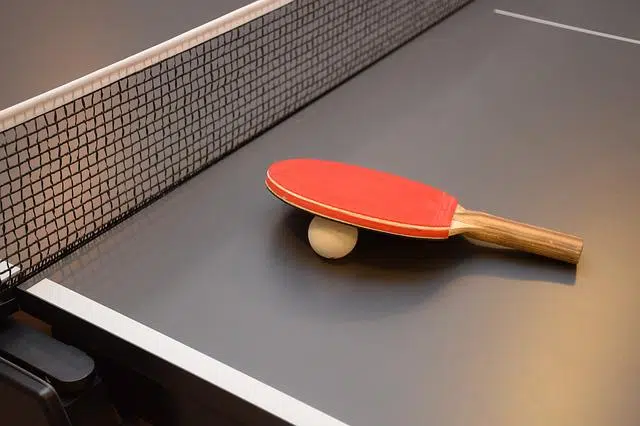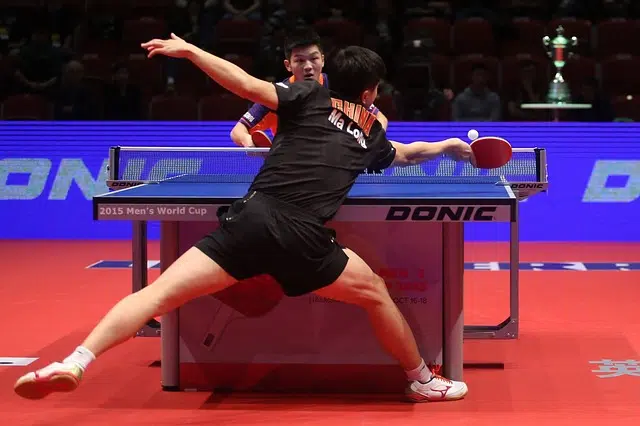
Table tennis is also known as ping-pong.
An adaptation of the sport known as tennis is called table tennis . This variant of tennis was born in the last decades of the 19th century in Great Britain and then spread throughout the world.
Also known as table tennis or ping-pong , table tennis is played on a rectangular table . Players use wooden paddles to hit a small plastic ball 40 millimeters in diameter.
The objective in table tennis is the same as in conventional tennis. The court (in this case, the table) is divided in half with a net . The players hit the ball alternately, making it bounce in the sector of the court that corresponds to their rival. When one of the players fails to return the ball, his opponent scores a point.
Features of table tennis
Points , in table tennis, are counted one by one. To win a set , a player must obtain seven or eleven points, depending on the type of tournament. The winner of the match is the one who adds two, three or five sets, depending on the competition .
As in tennis, ping-pong can be played individually (one person competes against another) or as a couple (two players against two others). Doubles matches require players to hit the ball alternately.
One of the peculiarities of table tennis is that, at the moment of serving , the player must bounce the ball first in his own field, so that it then bounces in the opponent's field.

At the professional level, table tennis is governed by regulations established by the International Table Tennis Federation.
The regulation
Although at first glance it may seem like an informal game, table tennis has become a sport , recognized and regulated at an international level. Some of the rules are specified below, which refer to the physical characteristics of the different elements involved in a match.
First is the table. According to the International Table Tennis Federation (known by its acronym ITTF , the English International Table Tennis Federation ), it must be rectangular and measure 1.525 m wide by 2.74 m long, and the playing surface (the table on the one where the ball bounces) must be 76 cm from the floor.
The material of the playing surface is not important as long as it can result in uniform 23cm bounces when each player releases it 30cm from above. Its appearance has also been regulated: it must have a matte, uniform and dark color, and have four 2 cm wide white lines located on the edges. To play doubles, there must be one more line, 3 mm wide, dividing each field into two equal parts. In turn, a 15.25 cm high vertical network divides the surface into these fields.
Table tennis ball and racket
As mentioned above, the ball must have a diameter of 40 mm. Its weight must be exactly 2.7 grams, and with respect to its material, celluloid is preferred, although it is also possible to use a plastic with similar characteristics. The colors authorized by the ITTF are white and orange, both matte in tone. It is worth mentioning that in the past the ball had a smaller diameter, about 36 mm, but this changed starting in 2000 with the purpose of slightly slowing down the game to make it more attractive to the public .
The racket is the element that can vary the most, since it is only required that it have a flat and rigid blade, the thickness of which is at least 85% composed of wood. If the player so wishes, he can reinforce it with materials such as fiberglass or carbon, as long as the sheet does not exceed 7.5% of the total thickness.
